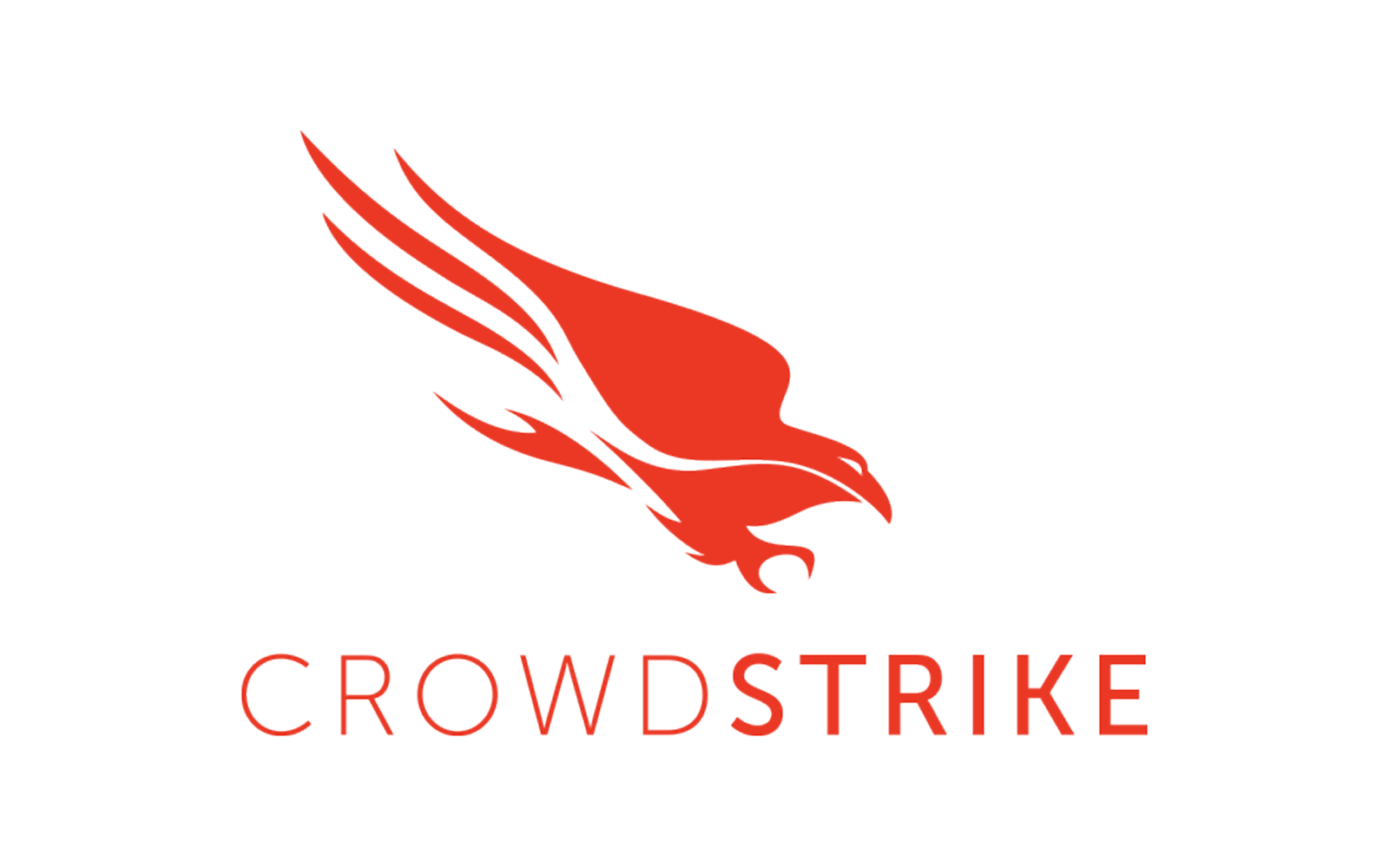
In the competitive and high-pressure world of automotive auctions, where efficiency, reliability, and uptime are non-negotiable, a prominent independent software vendor (ISV) has begun a transformation that is reshaping its internal operations and setting the stage for a dramatically improved customer experience.
For decades, this ISV has supported over 100 automotive auction houses with a mission-critical software platform built on IBM i. The system manages everything from financial processing to live vehicle auctions. However, the traditional deployment model—relying on physical IBM i hardware at each customer site—has become a growing burden.
Each customer runs on different generations of IBM Power hardware, including Power8, Power9, and Power10. These disparate environments require frequent refreshes, individualized support, and often manual intervention, either remotely or on-site. Operational complexity was increasing. Costs were rising. Customer experience was becoming uneven. The ISV found itself expending more resources on managing infrastructure than advancing its core product.
The Strategic Problem
The ISV’s executive leadership, including its CEO and COO, quickly recognized that the challenge was not just technical—it was strategic. The company's identity had drifted. It was no longer purely focused on software innovation, but increasingly entangled in hardware support.
Their customers—auction houses—faced a similar issue. These businesses generate revenue by selling vehicles, not by managing servers. Yet, some were forced to hire part-time system administrators, while others depended heavily on the ISV for support. The inconsistency led to friction, cost, and a suboptimal experience.
To realign the business with its true purpose, the executive team pursued a cloud-first strategy. The goal was to eliminate the hardware layer entirely, simplify operations, and transform their offering into a true software-as-a-service (SaaS) model.
The Cloud Deployment
The ISV selected IBM Cloud on Power Virtual Server as the platform for its next-generation delivery model. To begin, they migrated a single production customer to the cloud. This was not a test lab or simulation. It was a real-world environment, running live auctions in production with virtual LPARs, a virtual tape library, and secure networking.
This initial customer pilot represented the first step in a long-term strategy to migrate their full base of over 100 customers. Capacity planning was conducted across six representative environments, spanning small, medium, and large customer profiles. The findings revealed that system workloads remained consistent, even during live auction events, making the environment highly suitable for efficient and cost-effective cloud operation.
While only one customer has been migrated to date, the pilot has validated the architecture and created a roadmap for future expansion as other customers reach natural hardware refresh cycles.
The Financial Model
For CFOs evaluating cloud models, the hardware cost comparison alone is misleading. While buying a single on-premises system may appear less expensive upfront, it ignores the full picture.
Managing on-premises hardware includes staffing, downtime, fragmented software versions, capital investment, and inconsistent support. It also introduces technical debt, as customers fall out of sync on aging infrastructure.
With IBM Cloud, the ISV converted capital expenditure into predictable operating costs. Hardware refreshes were eliminated. New development and testing environments could be created in minutes. Customers could scale resources up or down as needed, and systems could be shut down during non-operational hours to control costs.
The result is a more efficient operation, stronger customer experience, and healthier profit margins.
Why GlassHouse Systems Was the Right Partner
GlassHouse Systems was chosen as the trusted partner to lead this strategic transformation. With deep expertise in IBM i, Power architecture, and cloud engineering,
GlassHouse delivered a secure, scalable, and high-performance solution—without requiring the ISV to rewrite or refactor any of its software.
Unlike generic cloud providers, who proposed costly, multi-year refactoring projects, GlassHouse executed a seamless lift-and-shift migration. The IBM i applications remained intact. The ISV maintained all the reliability and performance of its on-premises deployments, now delivered from a modern cloud environment designed to scale.
GlassHouse also architected a model capable of supporting over 100 isolated customer instances, each with its own operational profile and security boundaries, ensuring future migrations would be smooth and efficient.
The Strength of the IBM i Ecosystem
IBM i remains one of the most secure, high-performance platforms for mission-critical workloads. More than 30,000 companies worldwide continue to run their businesses on IBM i, with applications built in RPG, COBOL, Java, and WebSphere.
Far from being a legacy platform, IBM i is a thriving ecosystem of innovation and resilience. This ISV’s decision to move to IBM Cloud on Power Virtual Server reaffirms the platform’s modern relevance and future potential.
A Broader Trend Among ISVs
This migration reflects a broader pattern in the ISV landscape. End customers no longer want to manage hardware, troubleshoot infrastructure, or deal with refresh cycles. They expect SaaS solutions—secure, scalable, and consumed through the browser.
Cloud computing makes this possible. It allows ISVs to focus entirely on software development, customer service, and innovation, while offloading the infrastructure burden to a partner built to handle it.
For ISVs, cloud adoption is not just modernization. It is survival.
Conclusion: A Blueprint for the Future
This initiative is still in its early phases, with one customer successfully running in the cloud and many more to follow. Yet, the model is validated, the strategy is clear, and the value is undeniable.
For CEOs, this approach enables scale without increasing complexity. For CFOs, it replaces unpredictable capital investments with controlled, profitable operating margins. For CIOs, it brings agility, resilience, and future-proof architecture.
This is not simply a migration. It is a strategic realignment of the business around what matters most—delivering great software and exceptional customer outcomes.
GlassHouse Systems is the only partner that brings the experience, precision, and architectural strength to make this kind of transformation possible. For any ISV running IBM i and looking to modernize without rewriting their entire platform, this is the model. This is the moment.
The future of mission-critical software is not confined to aging hardware. It runs in the cloud—built on Power, running IBM i, and enabled by GlassHouse Systems.
%20(1).png?width=448&height=252&name=1v_Global%202025%20GHS%20Digital%20Mark%20(500%20x%20281%20px)%20(1).png)








.png)


-1.png)

-1.png)


.png)